It’s been over a decade since League of Legends launched in 2009, and in that time, Riot Games has released over 160 unique champions to choose from when stepping onto Summoner’s Rift.
There are, however, more than a few different characters that have been left behind when it comes to their design, animations, and voice lines, especially when compared to their more recent counterparts. As a result, the game’s developers introduced new art and sustainability updates (ASU) as a way to keep those older champions from getting eclipsed by the new champs that are being released.
Related: Riot removes the blindfold on League’s upcoming ASUs featuring 2 iconic champions
An ASU can be given to a champion who still has a good amount of relevancy in today’s meta, whether it’s on the professional stage or in solo queue. The point of an ASU is to reflect the level of attention and detail that developers give to a champion’s look and feel.
League’s ASUs, explained
Instead of focusing on gameplay, Riot’s developers implemented ASUs as a way to freshen up a champion’s looks from the inside out, along with their sound effects and voice lines. They are much less time-consuming and intensive than full champion reworks, giving devs a chance to work on multiple older champions over the course of a year.
ASUs update a champion’s full model, their various outfits, and the visual effects they come with. They also work on updating the champion’s outdated animations, while fixing up some broken interactions and helping establish more visual clarity during certain spells and attacks. They usually also get new in-game voice lines, and some older splash arts are revamped or remade entirely.
The latest ASU to hit Summoner’s Rift was Ahri, who got a whole new set of animations to go with some fancy new ability icons. Riot also updated a few of her older skin splash arts since they were made many years ago.


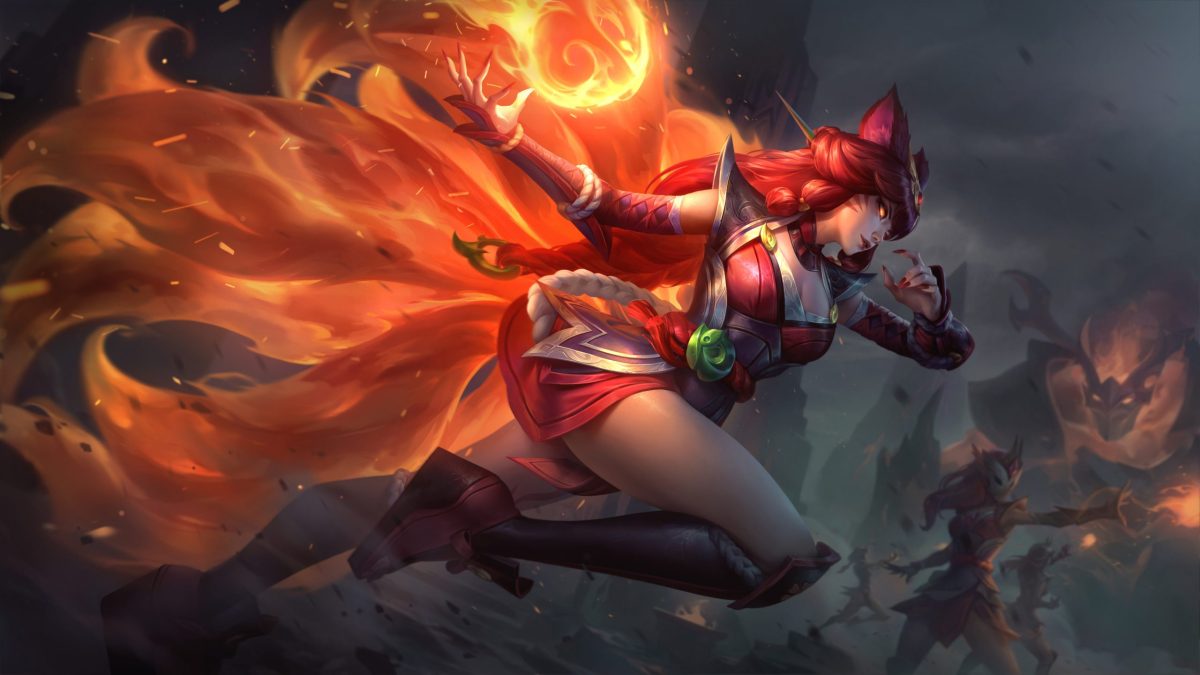
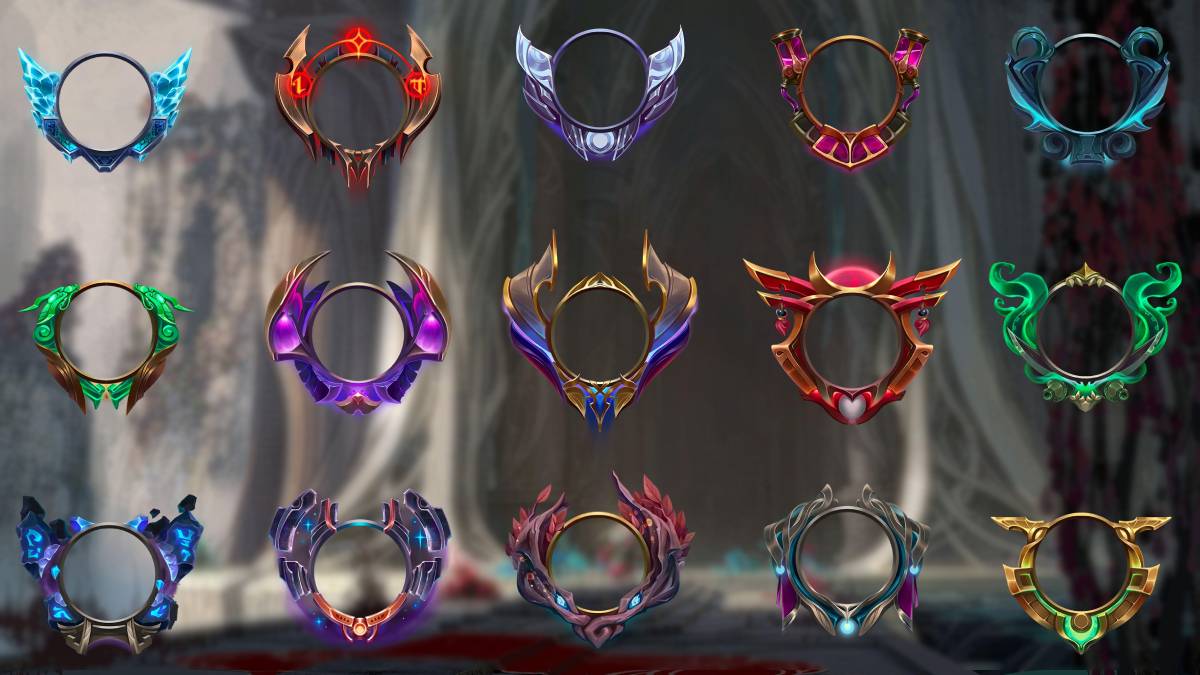
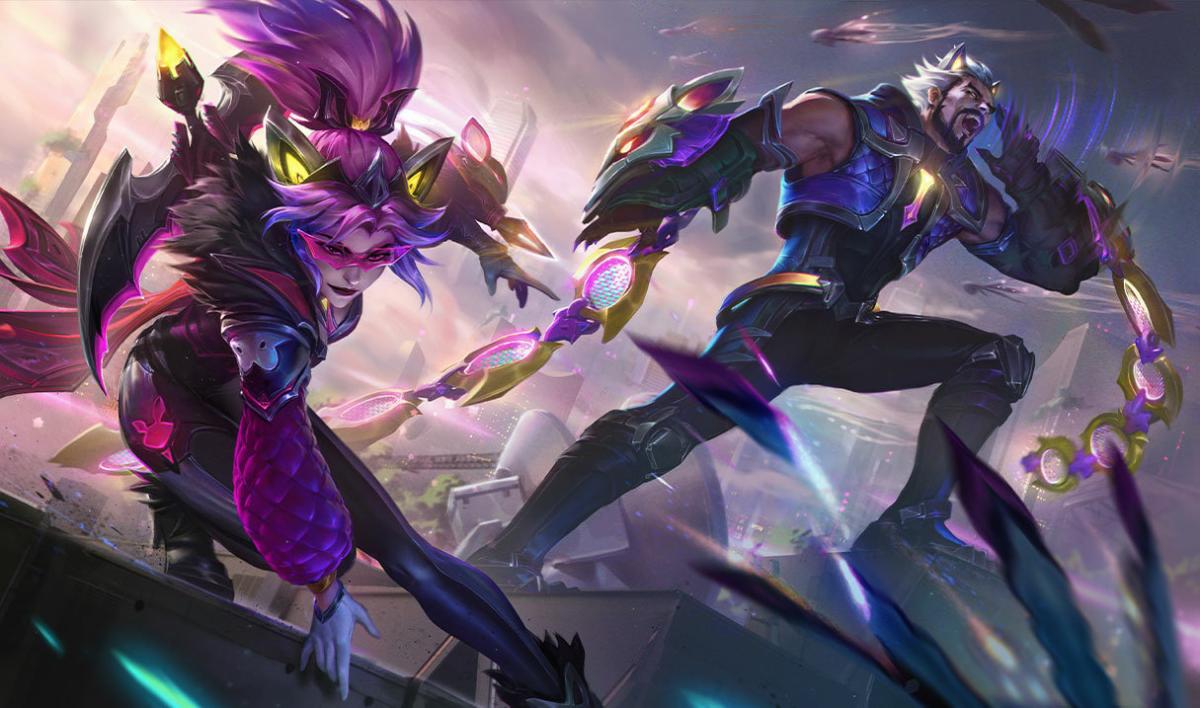

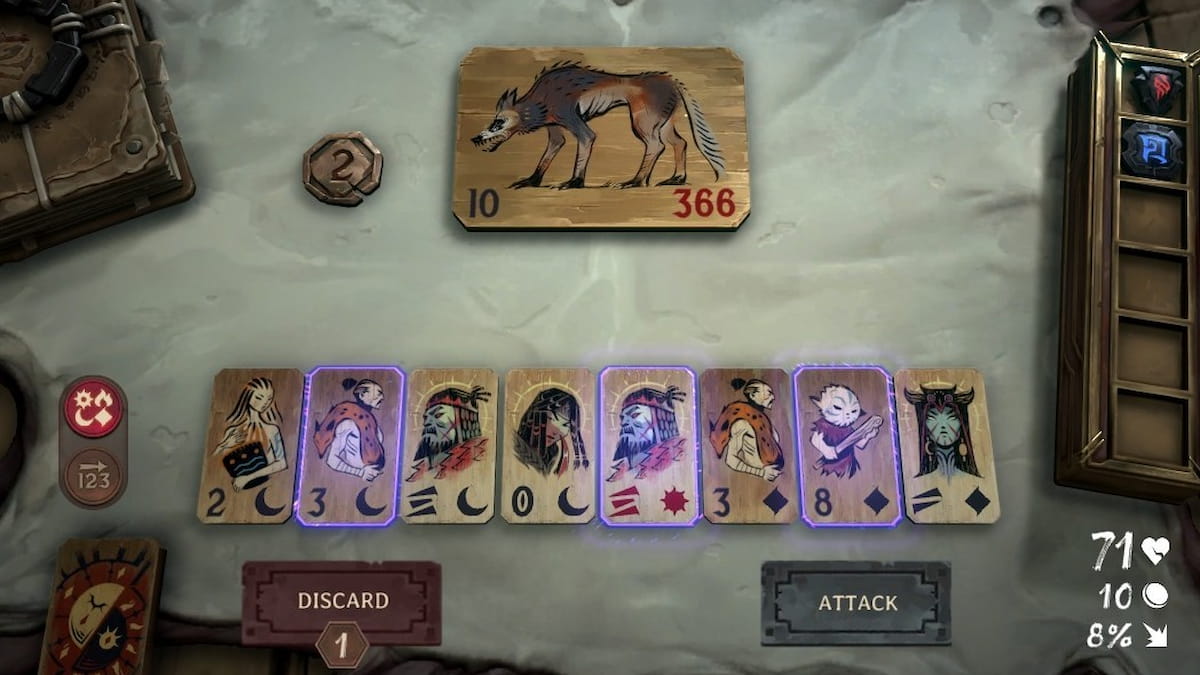


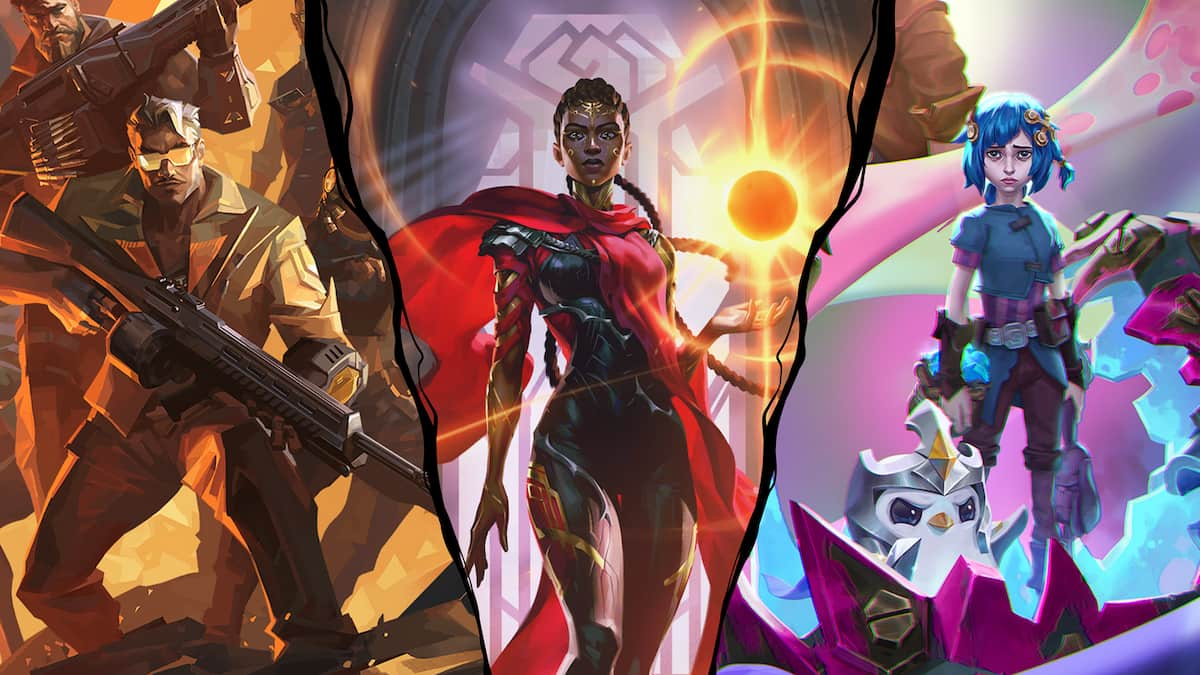
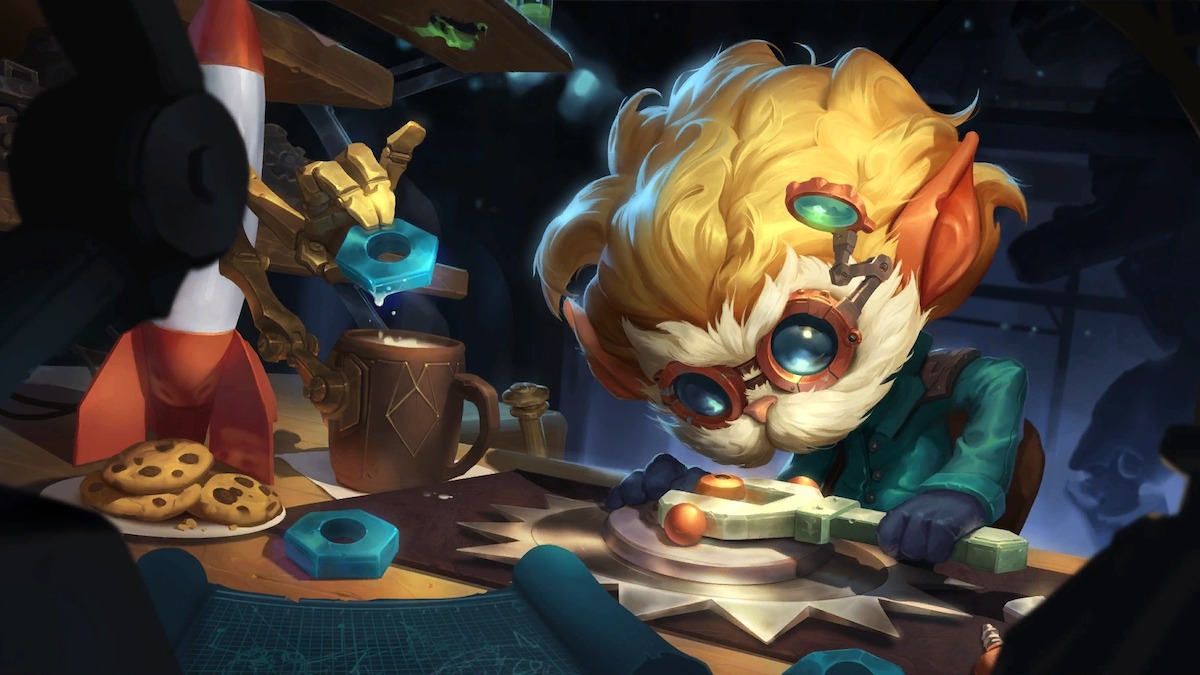


Published: Feb 16, 2023 01:36 pm